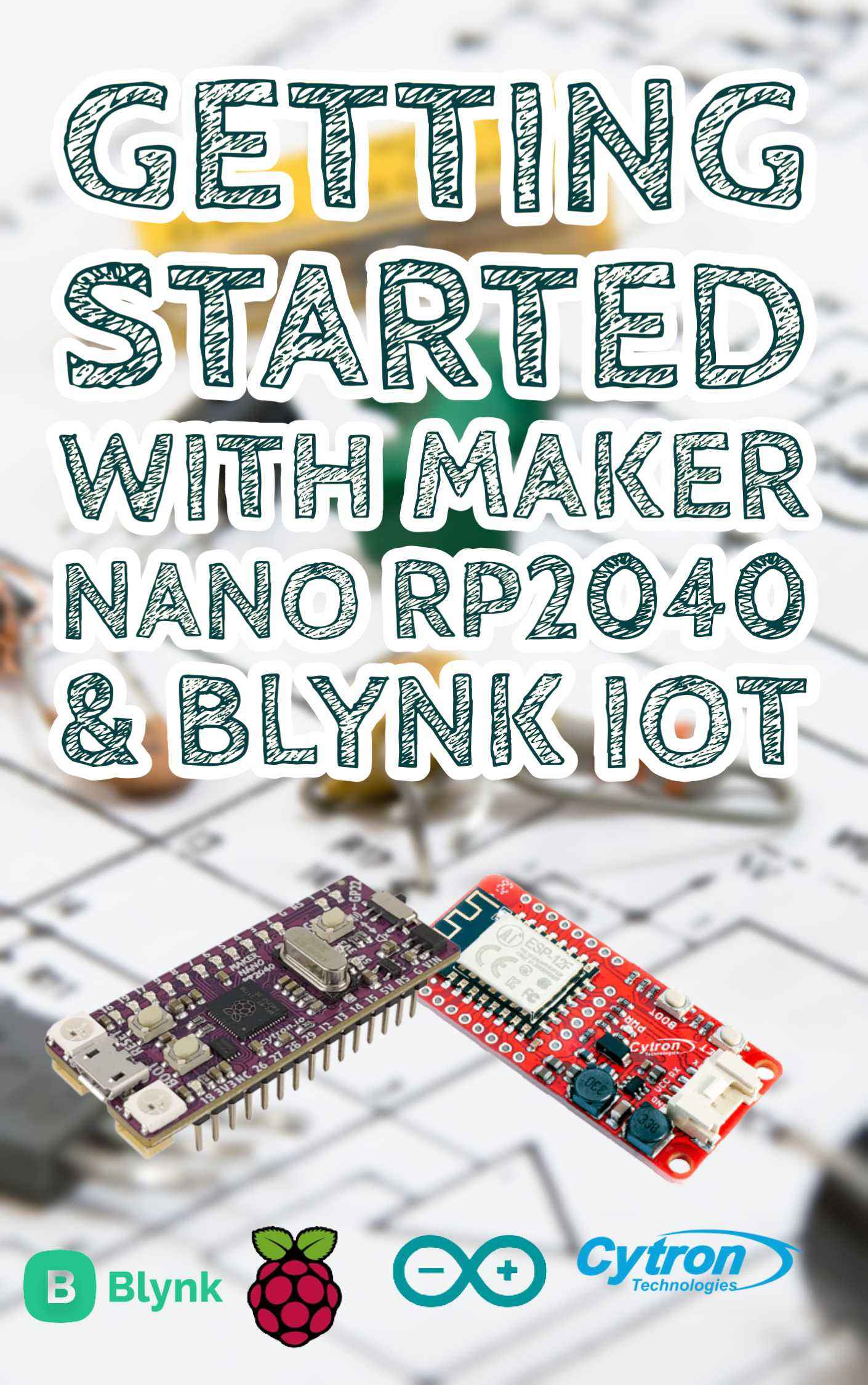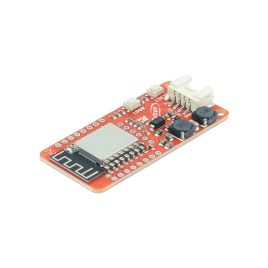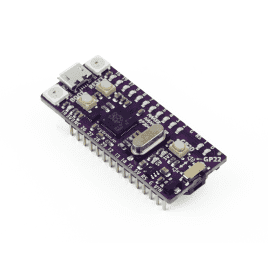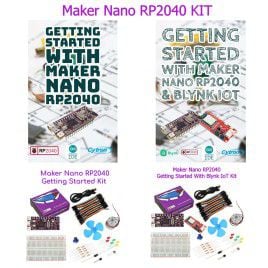Your shopping cart is empty!

Getting Started With Maker Nano RP2040 & Blynk IoT
- Hussien Jawhar Sathik
- 07 Feb 2023
- Tutorial
- 863
Introduction : Maker Nano RP2040
What is Maker Nano RP2040? Maker Nano RP2040 is a development board that came into existence with one goal, which is to simplify projects with raspberry pi RP2040. Taking the same form factor as Arduino Nano but powered by a much more powerful RP2040 MCU from Raspberry Pi. This means that it's compatible with most of the daughter boards for Arduino Nano in the market. Moreover it is breadboard friendly to allow building your own circuit.
As the name suggests, Maker Nano RP2040 is created to simplify digital making and troubleshooting. Similar to other Maker Series products, there are plentiful LEDs on the Maker Nano RP2040. The more LED’s the better right? Those LED’s are not just a nice visual effect, they also represent the status of each pin and this makes troubleshooting the circuit a breeze.
Well it does not stop here. To make it more interesting there are also two RGB LEDs (WS2812 Neopixel) onboard. This Neopixel can be programmed to dance together with the melody produced by the onboard piezo buzzer. And if the sound from the buzzer is annoying, mute it with the sliding switch. Moreover the board comes with one on-board programmable push button. Cool right!
One of the key features of the Maker Nano RP2040 is the Maker Port. Utilizing the JST-SH 4-ways connector, Maker Port is compatible with Sparkfun Qwiic modules and Adafruit’s Stemma QT modules. Qwiic and STEMMA QT are using I2C communications and can be daisy-chained. By using the included JST-SH to Grove conversion cables, Maker Port is compatible with Seeed Studio's Grove modules too. Besides I2C, Maker Port also supports UART (Maker Port 0 only), Analog Input (Maker Port 1 only) and Digital Input/Output.
And below is the Maker Nano RP2040 Pinout
Now let’s look at the Grove Wifi Module
Grove Wifi 8266 module is designed to enable controllers to send/receive data over the internet through the Wi-Fi network. It is based on the Ai-Thinker’s ESP-12F module and comes preloaded with the new Espressif ESP-AT firmware v2.20. And with Blynk, a user friendly Iot platform, you will be able to control the connected projects and read data from the sensor easily. Below is the layout of Grove Wifi
The connection between the Maker Nano RP2040 and Grove Wifi is achieved through the Grove 4 pin connector and Maker Port as shown in the figure below.
 International
International Singapore
Singapore Malaysia
Malaysia Thailand
Thailand Vietnam
Vietnam


